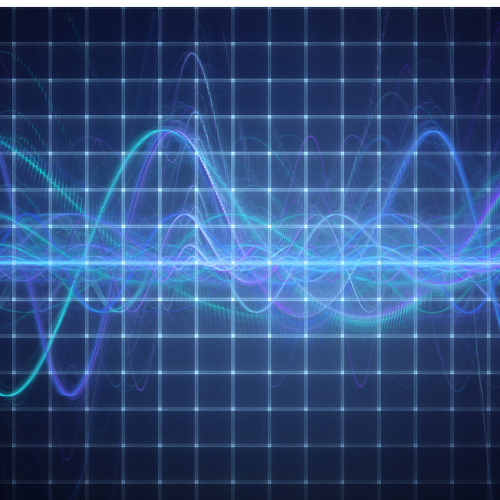Fiber Optic vs Coaxial Interconnects: Choosing the Right Solution for High-Speed Testing
In the fast-evolving test and measurement industry, selecting the right interconnect solution is critical for ensuring accurate, reliable and high-speed data transmission. Two of the most widely used interconnect technologies—fiber optic and coaxial—offer distinct advantages and limitations depending on the application. This article explores the key differences between fiber optic and coaxial interconnects and provides guidance on selecting the best solution for high-speed testing environments.
Understanding Fiber Optic and Coaxial Interconnects
Coaxial Cables: Coaxial cables have been the traditional choice for high-frequency RF transmission due to their excellent shielding properties, impedance stability and low insertion loss at RF and microwave frequencies. They use a central conductor surrounded by a dielectric insulator, shielding and an outer protective layer to minimize signal degradation.
Fiber Optic Cables: Fiber optic interconnects utilize light pulses transmitted through a core made of glass or plastic to carry data. Unlike coaxial cables, fiber optics are immune to electromagnetic interference (EMI) and can transmit data over longer distances with minimal attenuation.
Key Differences Between Fiber Optic and Coaxial Interconnects
-
Bandwidth and Data Transmission Speed
-
Fiber Optic: Offers significantly higher bandwidth and faster data rates, making it ideal for applications requiring multi-gigabit transmission, such as 5G, high-speed computing and cloud-based systems.
-
Coaxial: While effective at high frequencies, coaxial cables experience more signal degradation at ultra-high data rates compared to fiber optics.
-
-
Signal Integrity and Attenuation
-
Fiber Optic: Has lower signal loss over long distances, preserving signal integrity even at extended rates.
-
Coaxial: Suffers from higher attenuation over long distances, requiring amplifiers or repeaters in some applications.
-
-
Electromagnetic Interference (EMI) Resistance
-
Fiber Optic: Immune to EMI, making it the preferred choice for environments with high electrical noise, such as industrial test facilities and medical instrumentation.
-
Coaxial: Susceptible to EMI, though high-quality shielding can mitigate interference.
-
-
Durability and Flexibility
-
Fiber Optic: More fragile due to its glass core, requiring careful handling and specialized connectors to prevent damage.
-
Coaxial: More robust and flexible, making it suitable for dynamic test environments where repeated connection and movement are necessary.
-
-
Cost and Implementation Complexity
-
Fiber Optic: Generally more expensive due to the cost of optical components and installation. Specialized equipment is required for signal conversion.
-
Coaxial: More cost-effective and easier to integrate into existing test setups.
-
Choosing the Right Solution for High-Speed Testing
When deciding between fiber optic and coaxial interconnects, consider the specific requirements of the test application:
Fiber Optics
-
For high-speed, long-distance data transmission with minimal loss
-
For environments with high EMI or requiring ultra-high bandwidth
Coaxial
-
For RF and microwave signal transmission where robustness and shielding are crucial
-
For cost-sensitive, short-range or modular testing setups
Both fiber optic and coaxial interconnects play essential roles in the test and measurement industry, and the choice depends on the application’s performance, cost and environmental factors. As test systems continue to evolve, hybrid solutions integrating both technologies may become more common to leverage their respective advantages. By carefully evaluating signal integrity, interference resistance and transmission speed, engineers can optimize their test setups for maximum accuracy and efficiency.


